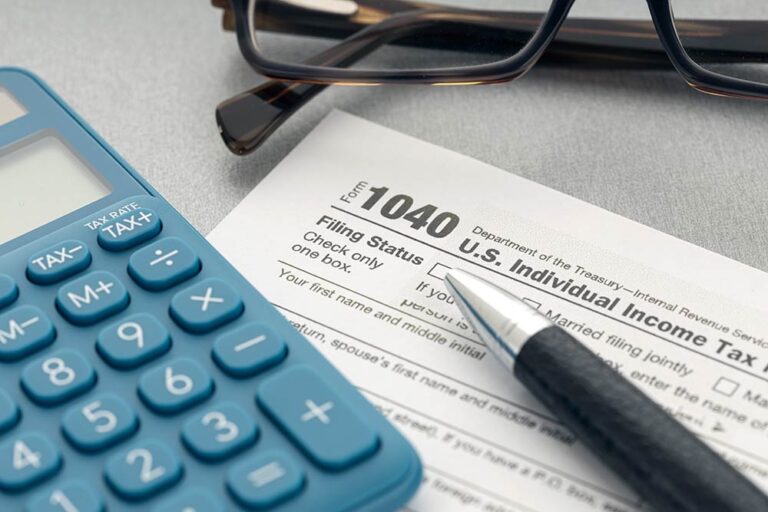Trust Distribution of Assets: Is There a Way to Save on Income Taxes?
If you are a Beneficiary of a Trust and the Trustee will be distributing the assets towards the end of the calendar year, there is a legal way to mitigate the income tax burden you may be required to pay. The law is called “the 65-Day Rule” and falls under IRS Code 663 (b).
The extended McDonald family recently inherited a commercial property from their grandparents. The property was held in a Trust for the beneficial interest of ten McDonald cousins. Since the property had not changed hands in over 55 years, the potential income tax liability could have been significant. After all, the property was located in a now thriving community outside San Francisco, in an area that had appreciated in value over the years.
Fortunately for the McDonald Trust and its beneficiaries, the property was sold in November 2022 and closed escrow in that same year. Under Section 663 (b), since the distribution of the trust was made within the first 65 days of the tax year, it can be treated for tax purposes to have been made on the last day of the preceding tax year. For example, if the distribution of trust income was made by the trustee to the beneficiaries on January 25, 2023, the distribution can be treated as having been made in the 2022 tax year.
How Does the 65-Day Rule Benefit Me
The income level for a Trust is based on a highly compressed scale, with income of just $13,451.00 subject to a 37% tax. On the flip side, the tax bracket for an individual reporting income of $13,451.00 would be 12%.The 65-day election, in effect, gives the trustee or executor flexibility in shifting taxable income from the trust or estate tax bracket to the beneficiaries’ individual income tax brackets.
Looking at it another way, for an individual beneficiary to have to pay 37% tax on income from a trust’s principal distribution, the individual’s income level would have to exceed $535,900.00.
The tax saving for the beneficiaries can be significant. To determine if this tax-saving option is right for you, check with your accountant or a taxation lawyer for your individual tax circumstances.
How is the Election for the 65-Day rule Made?
The election to treat the distribution as being made in the previous tax year must be made by the fiduciary (Trustee) on a timely filed income tax return (including extensions) for the tax year to which the distribution is to apply.
Sample Tax Rates for 2022
Single Filers and Married Couples Filing Jointly
|
Tax Rate |
Taxable Income (Single) | Taxable Income (Married FilingJointly) |
|
10% |
Up to $10,275 |
Up to $20,550 |
|
12% |
$10,276 to $41,775 |
$20,551 to $83,550 |
|
22% |
$41,776 to $89,075 |
$83,551 to $178,150 |
|
24% |
$89,076 to $170,050 |
$178,151 to $340,100 |
|
32% |
$170,051 to $215,950 |
$340,101 to $431,900 |
|
35% |
$215,951 to $539,900 |
$431,901 to $647,850 |
|
37% |
Over $539,900 |
Over $647,850 |
Trust Tax Levels
Tax Rate Taxable income
• 10%: $0 – $2,750.
• 24%: $2,751 – $9,850.
• 35%: $9,851 – $13,450
• 37%: $13,451 and higher.



